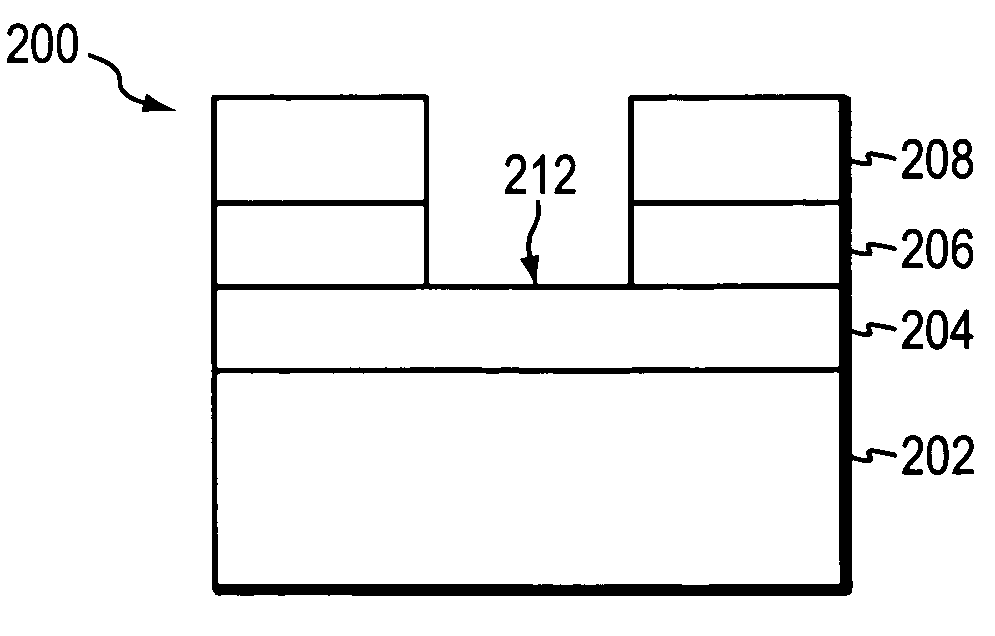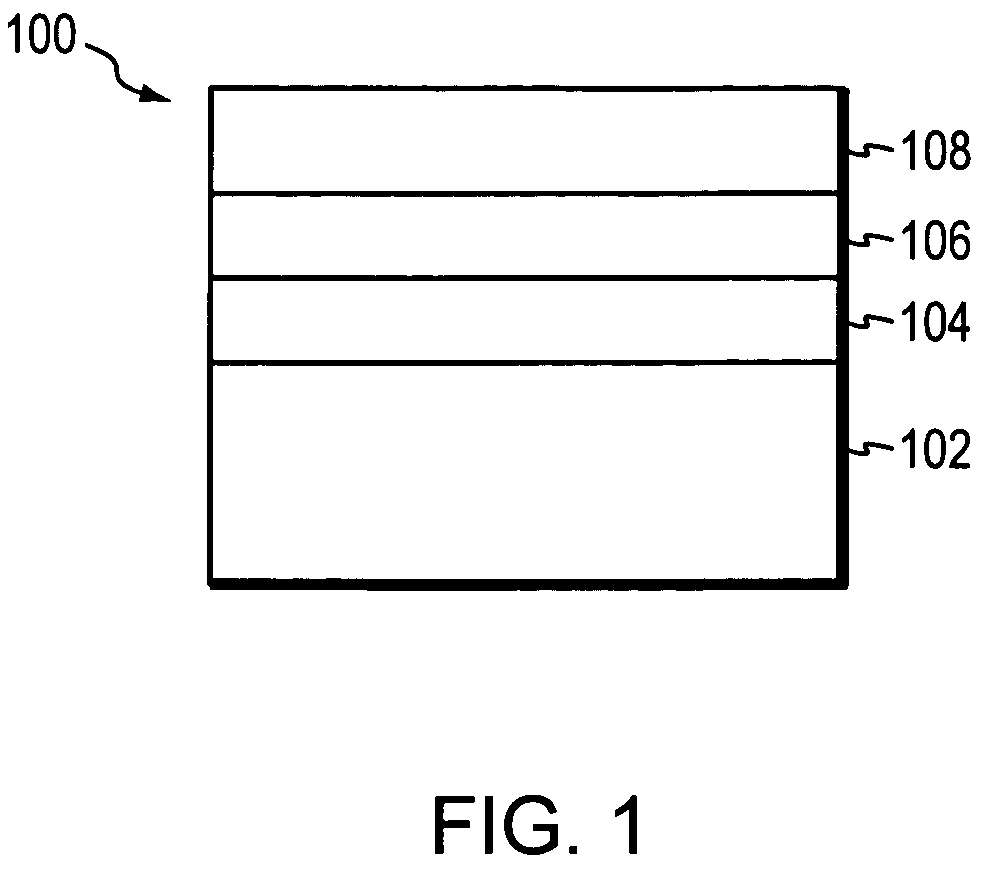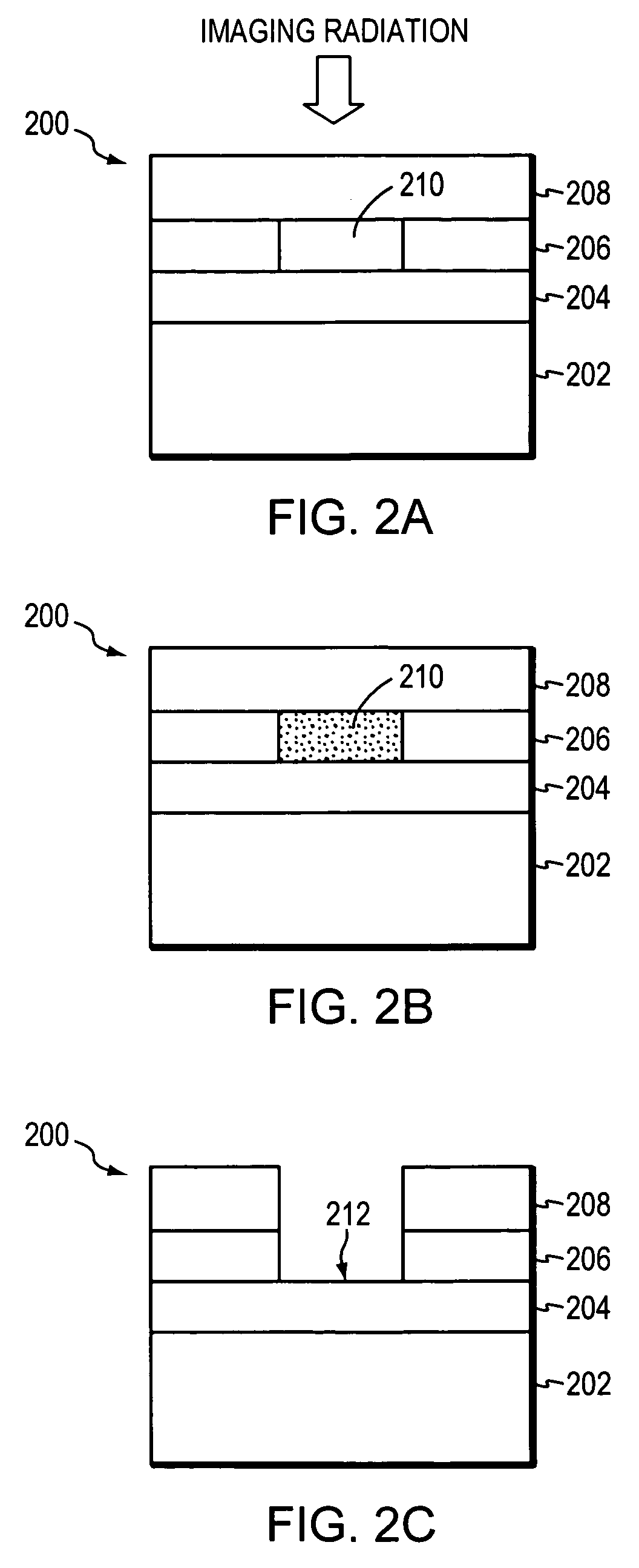Lithographic printing with printing members having primer layers
a technology of printing members and printing members, applied in thermography, instruments, photosensitive materials, etc., can solve the problems of insufficient ink retention of silicone-surfaced dry plates by exposed ink-receptive layers, inability to observe certain performance limitations, and complex source of ink retention behavior, etc., to improve print-making performance and efficiency, and inhibit production
- Summary
- Abstract
- Description
- Claims
- Application Information
AI Technical Summary
Benefits of technology
Problems solved by technology
Method used
Image
Examples
example 1
[0056]The following experiments illustrate the effect that increasing amounts of surface-tension modifier in the polymeric binder has on the surface tension and roughness of primer layers according to the invention. Six dry lithographic plates were constructed according to the invention, each plate including a polyester substrate, a primer layer made of a cellulose acetate propionate (CAP) binder having various weight % of TiO2 particles dispersed therein, a titanium metal imaging layer, and a silicone surface layer. The ratio of TiO2 to CAP for each plate is listed in Table 1 below.
[0057]Each plate was imaged on a Dimension 400 imager (Presstek, Inc., Hudson, N.H.), and the imaging residue was removed by machine cleaning (Javin Machine Corp, West Babylon, N.Y.). The surface tension of the imaged areas of each plate were then measured using standard techniques with solutions containing formamide and either 2-ethoxyethanol or reagent grade water (Diversified Enterprises, Claremont, N...
example 2
[0061]The following experiments illustrate the effect that primer layers according to the invention have on the time it takes to achieve a target average ink density (i.e., roll-up time). Four dry lithographic plates were constructed as follows:
[0062]
ImagingSurfaceSubstratePrimer LayerLayerLayerPlate 7PolyesterNonetitaniumsiliconePlate 8Polyester3:1 SiO2 / nitrocellulosetitaniumsiliconePlate 9Polyester2:1 Zelec ECP 3010titaniumsilicone(antimony-doped tinoxide, Milliken Chemical,Spartanburg, SC) / celluloseacetate butyratePlate 10Polyester3:1 TiO2 / cellulosetitaniumsiliconeacetate butyrate
[0063]Each plate was imaged on a Dimension 400 imager (Presstek, Inc., Hudson, N.H.). Immediately after imaging, 1000 prints were produced from each plate using Toyo ink (Toyo Ink, Addison, Ill.), and the ink densities of the prints were measured at set intervals. Ink densities were measured using a Macbeth Status T densitometer (Amazys Holding AG, Regensdorf, Switzerland) in a solid area in the same pos...
example 3
[0066]The following experiments investigated the effect that primer layers according to the invention have on roll-up time using a different ink. Four dry lithographic plates were constructed according to Example 2 above, and each plate was imaged using a Dimension 400 imager (Presstek, Inc., Hudson, N.H.). Immediately after imaging, 500 prints were produced from each plate using K&E ink (BASF, Mount Olive, N.J.), and the average ink density of the prints were measured at set intervals using a Macbeth Status T densitometer (Amazys Holding AG, Regensdorf, Switzerland), as discussed above. The results of the experiments are summarized in FIG. 6 and Table 3 below.
[0067]
TABLE 3Ink DensitySheet #Plate 7Plate 8Plate 9Plate 10100.121.221.221.34500.511.191.221.241000.831.201.231.211501.101.201.231.242501.261.201.211.275001.201.211.221.27
[0068]As FIG. 6 and Table 3 indicate, the three primer coated plates (i.e., Plates 8–10) appeared to reach a high average ink density within the first 50 sh...
PUM
| Property | Measurement | Unit |
|---|---|---|
| Ra | aaaaa | aaaaa |
| surface tension | aaaaa | aaaaa |
| surface tension | aaaaa | aaaaa |
Abstract
Description
Claims
Application Information
 Login to View More
Login to View More - R&D
- Intellectual Property
- Life Sciences
- Materials
- Tech Scout
- Unparalleled Data Quality
- Higher Quality Content
- 60% Fewer Hallucinations
Browse by: Latest US Patents, China's latest patents, Technical Efficacy Thesaurus, Application Domain, Technology Topic, Popular Technical Reports.
© 2025 PatSnap. All rights reserved.Legal|Privacy policy|Modern Slavery Act Transparency Statement|Sitemap|About US| Contact US: help@patsnap.com



